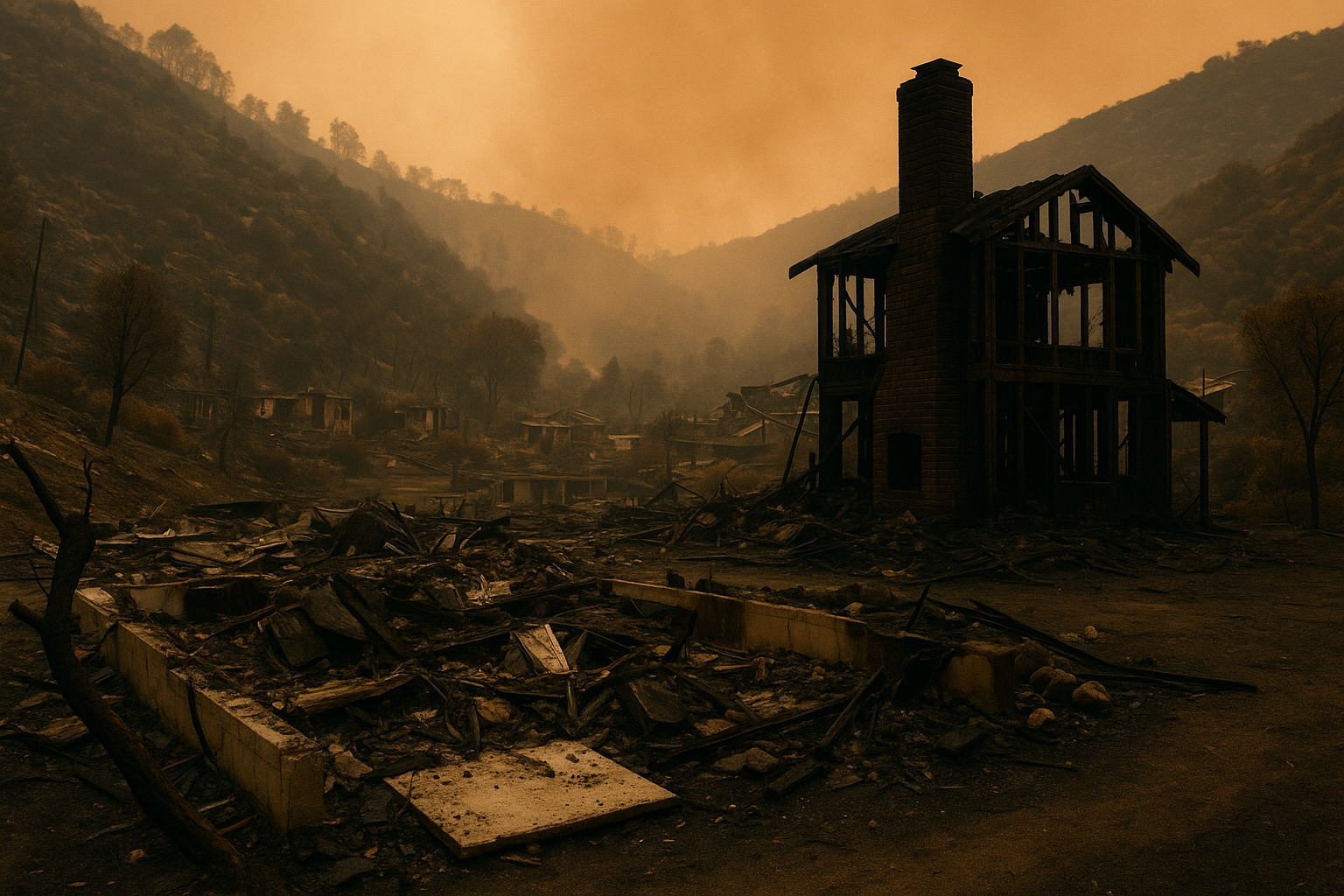Main Content
Blog
Blog Details
Five Months After the Fires: What Actually Happened to L.A.’s Real Estate Market?

When the devastating fires swept through parts of Los Angeles this past January—scorching areas like Pacific Palisades and Pasadena—many were left wondering how the local real estate market would react. Would prices spike due to sudden inventory loss? Would buyers flee high-risk areas due to growing insurance costs and safety concerns? Now that we’re five months out and halfway through 2025, we finally have some clarity. The market has responded—but not in the way everyone predicted.
Expectations vs. Reality
While some predicted a post-fire housing boom, especially due to displaced families needing homes, that hasn’t materialized on a broad scale. Yes, home prices in L.A. County have edged up—roughly 3 to 3.5% year-over-year—but this increase is far from a dramatic surge. As of May 2025, the median county-wide home price sits at approximately $871,800. That’s a healthy gain but not the frenzied climb some expected. On the supply side, active listings are on the rise. May saw nearly a 9% month-over-month increase in listings, indicating that no widespread shortage has emerged to drive prices sharply higher.
Neighborhood Impacts: A Mixed Bag
Not all areas were affected equally. In fact, some of the most dramatic market shifts occurred in the neighborhoods hit hardest by the fires. In Pacific Palisades, home sales plummeted 56% year-over-year as buyers grew understandably cautious. However, the few homes that did sell commanded steep prices. The median sale price jumped 32% from last year to around $2.9 million. This can largely be attributed to limited inventory and continued demand among affluent buyers for high-end properties. Conversely, the Altadena and Pasadena area saw sales drop by 43% year-over-year, with prices actually declining by about 8%, bringing the median down to $1.2 million. Unlike the luxury buyers in the Palisades, mid-market buyers appear more hesitant, contributing to a softer market in these neighborhoods.
Long-Term Effects Still Unfolding
If history is any guide, the market repercussions of a wildfire are rarely short-lived. After the Woolsey Fire in Malibu back in 2018, it took about 18 months for home prices to recover. Increased insurance premiums, rebuilding timelines, and buyer sentiment all played a role in that extended slowdown. Today, we’re beginning to see some early signs of a similar pattern: more listings as the initial shock wears off, buyers scrutinizing risk and insurance more closely, and an early-year surge in rents—up 15 to 20% in fire-affected zones—starting to taper off.
The Bottom Line
What are the key takeaways from L.A.’s post-fire real estate market?
There’s been no county-wide price spike.
There’s been no dramatic market collapse either.
Luxury markets experienced low inventory and high competition, while mid-tier areas saw demand falter.
The long-term trajectory remains uncertain, with insurance availability and fire risk still looming large.
Final Thought
Five months after the fires, Los Angeles’ real estate market is showing resilience—but also a patchwork of contrasting realities. Some neighborhoods are bouncing back quickly; others may take years to fully recover. As one local agent put it, “The fire changed the narrative block by block. Some streets look like nothing happened. Others will take years to rebuild.” If you’re buying, selling, or investing in this post-fire landscape, hyperlocal knowledge is more critical than ever. In L.A. real estate, understanding your specific neighborhood isn’t just helpful—it’s everything.



Login With
Or Sign Up With Disqus